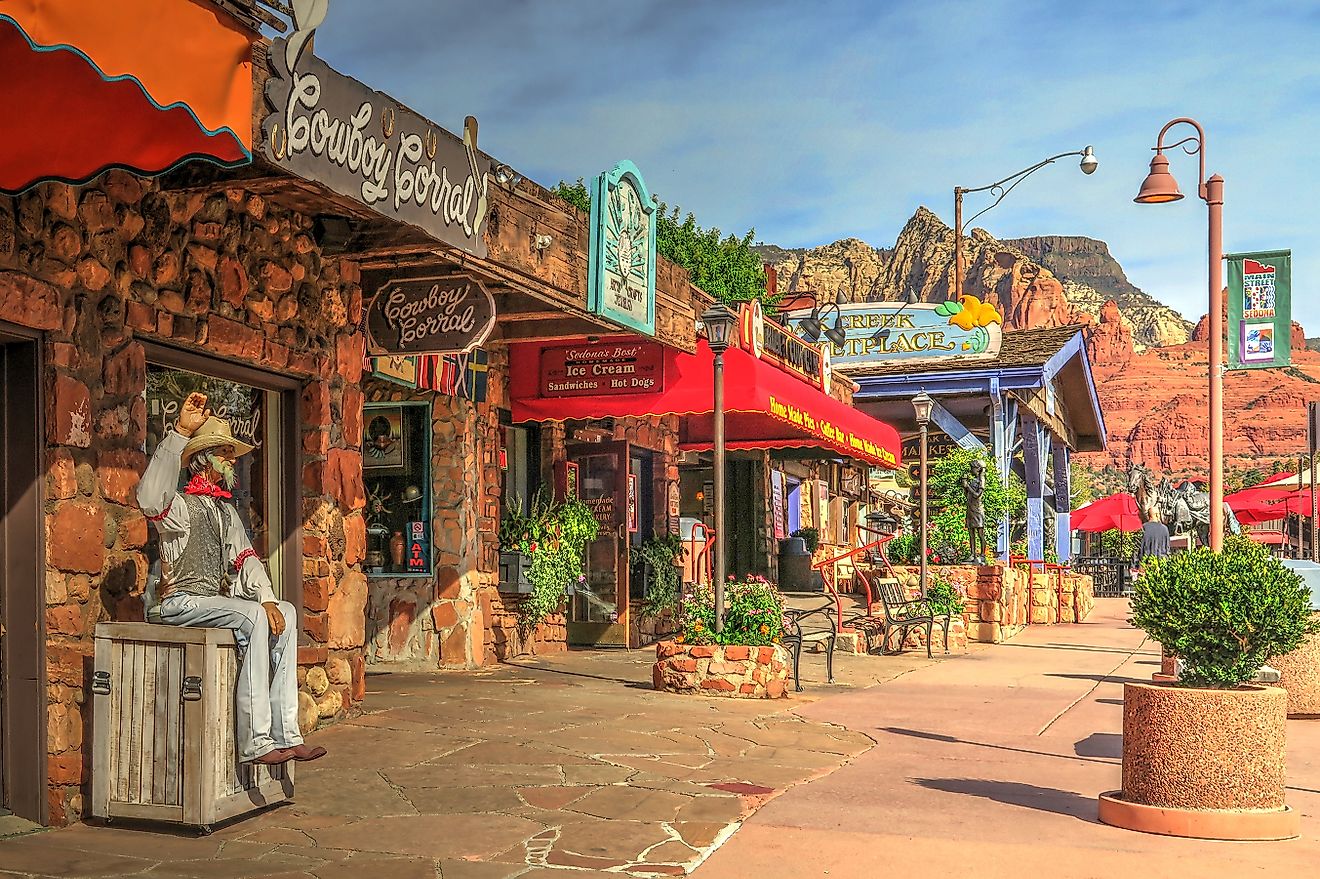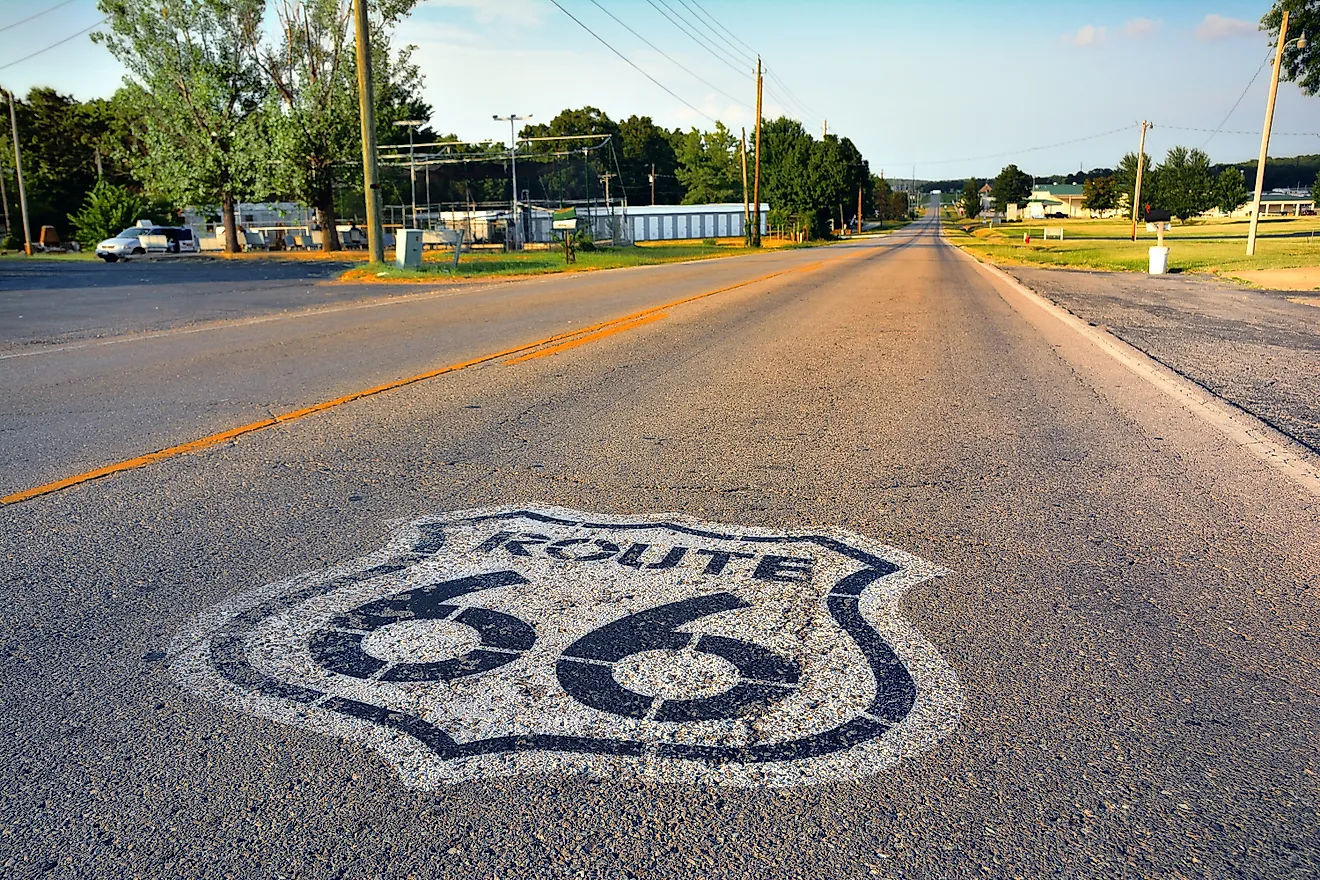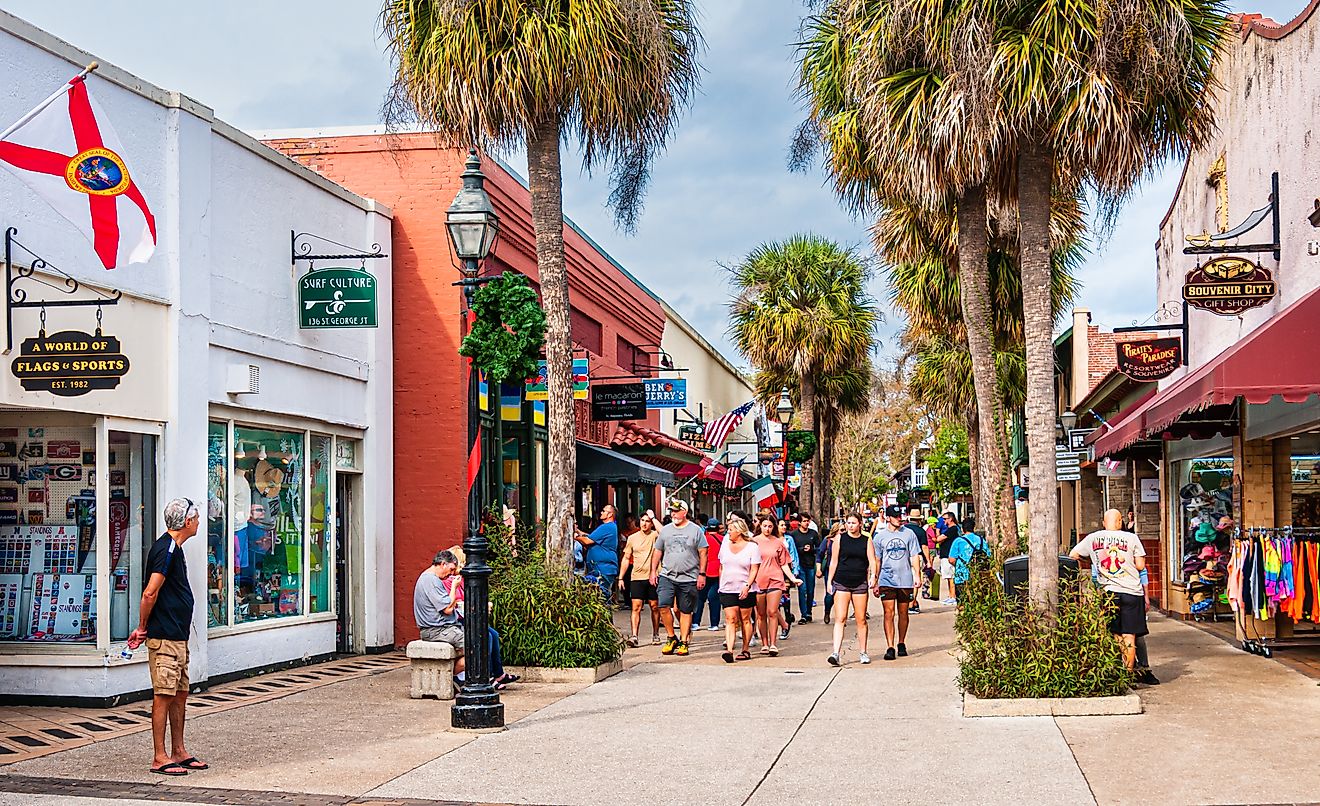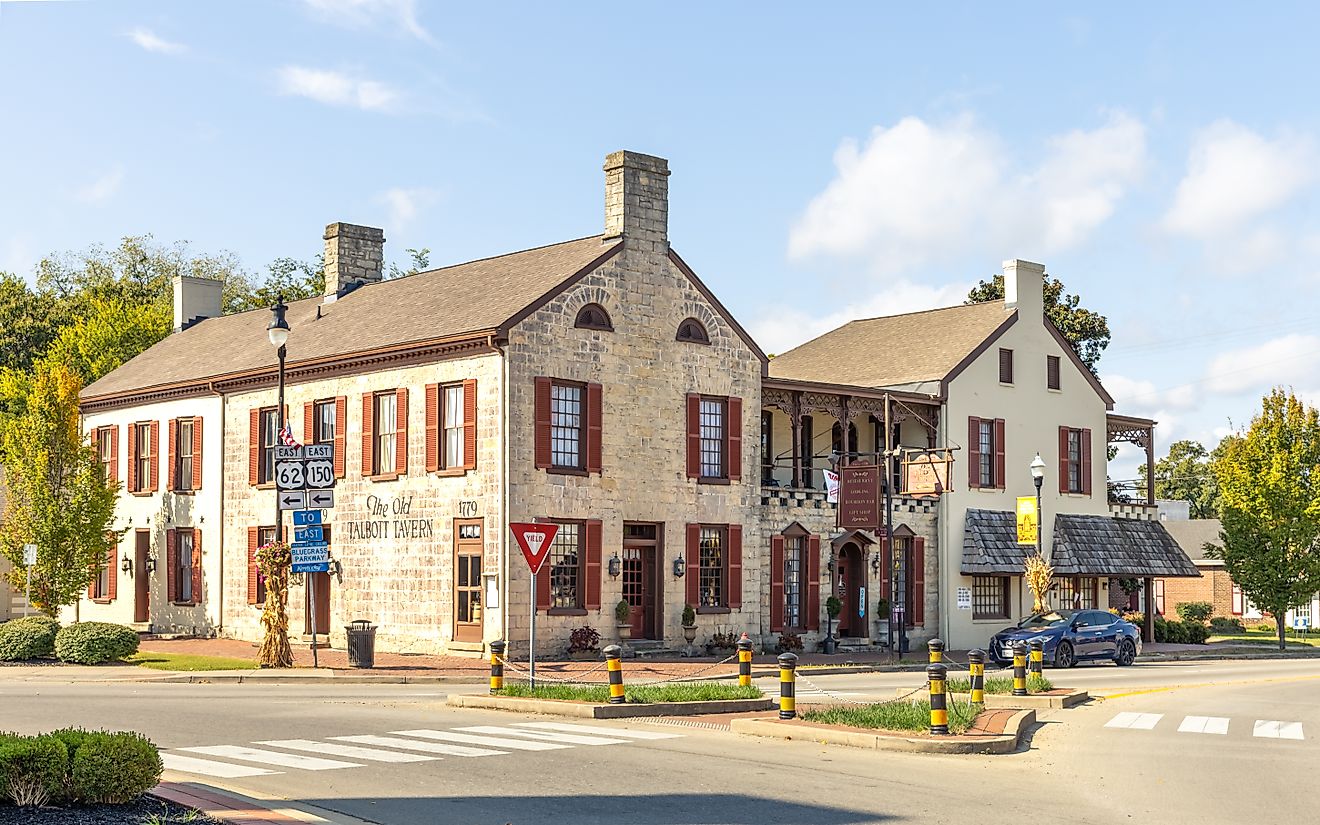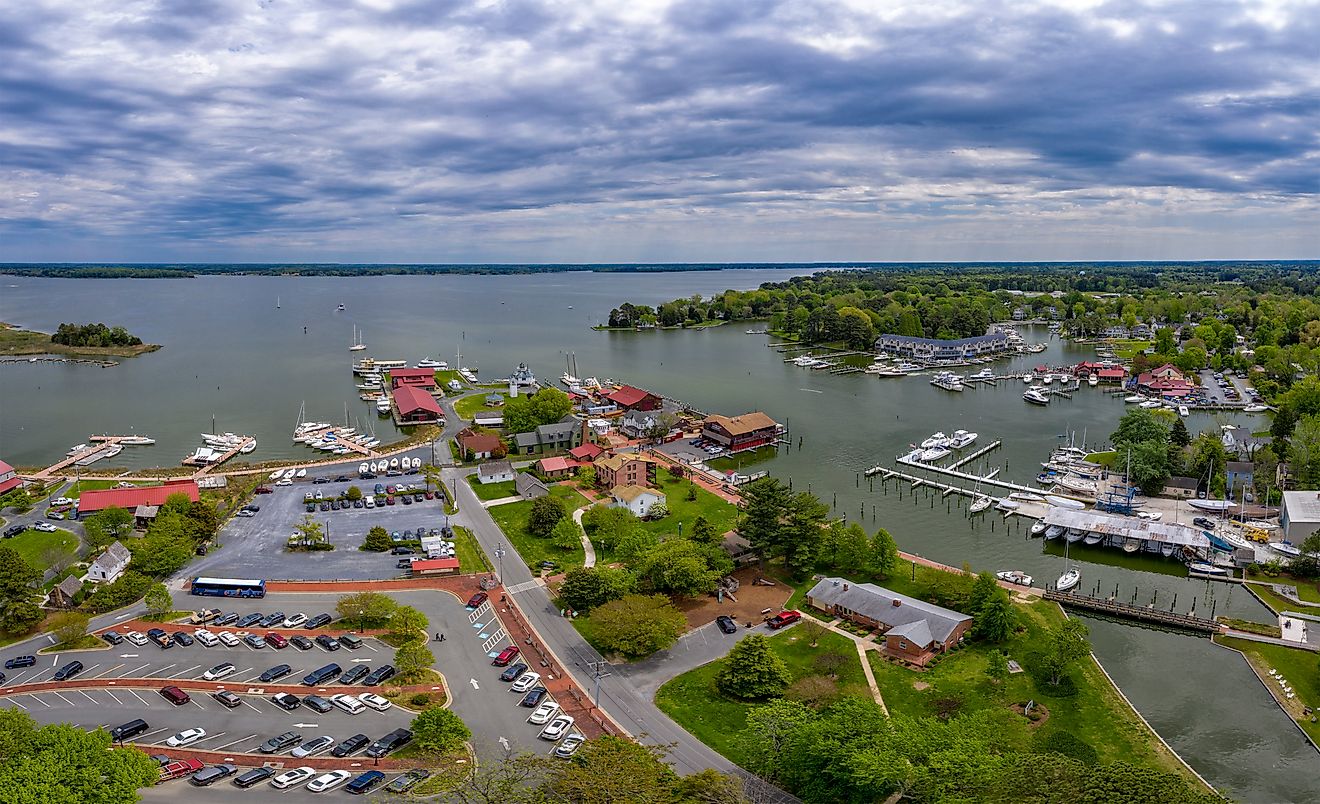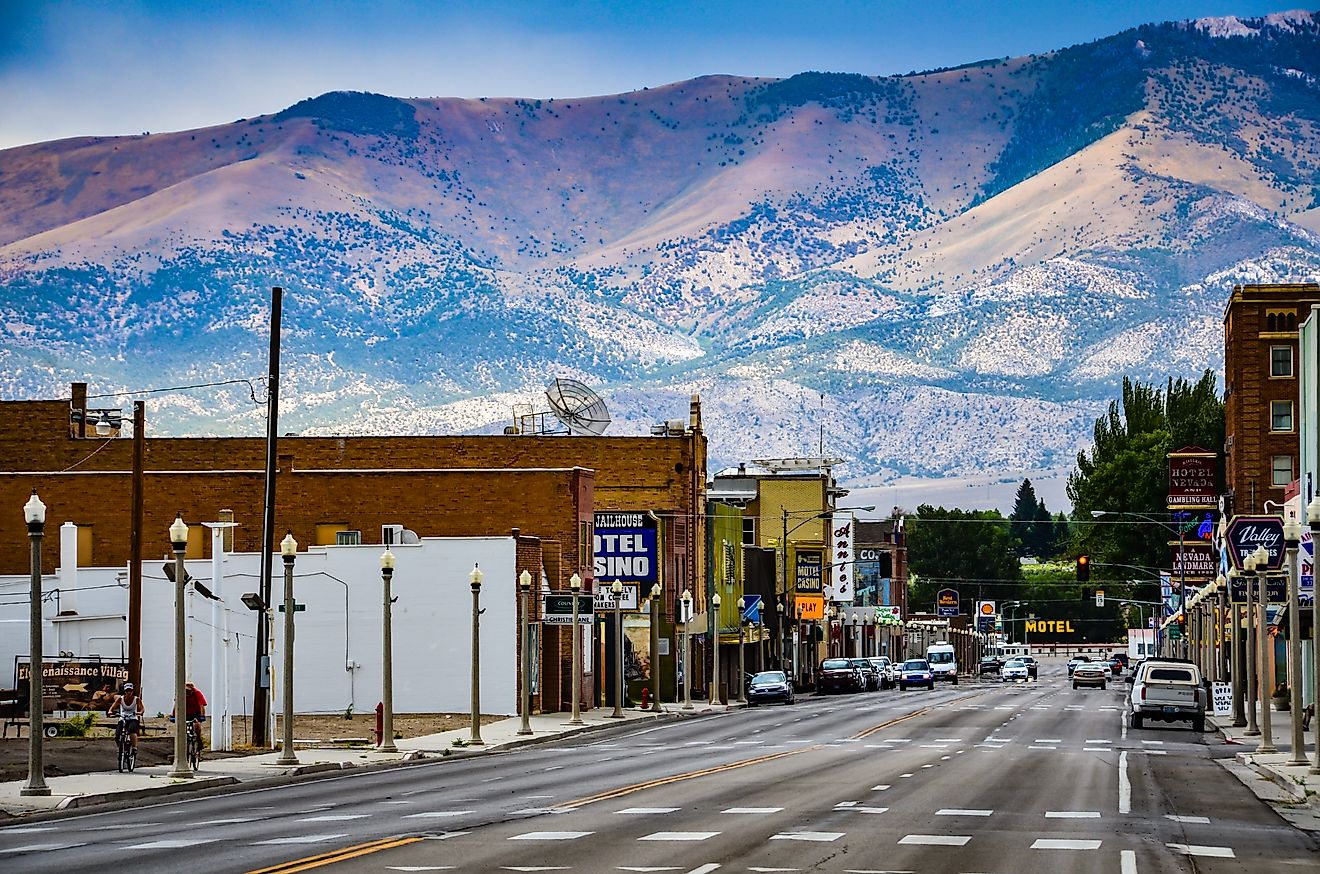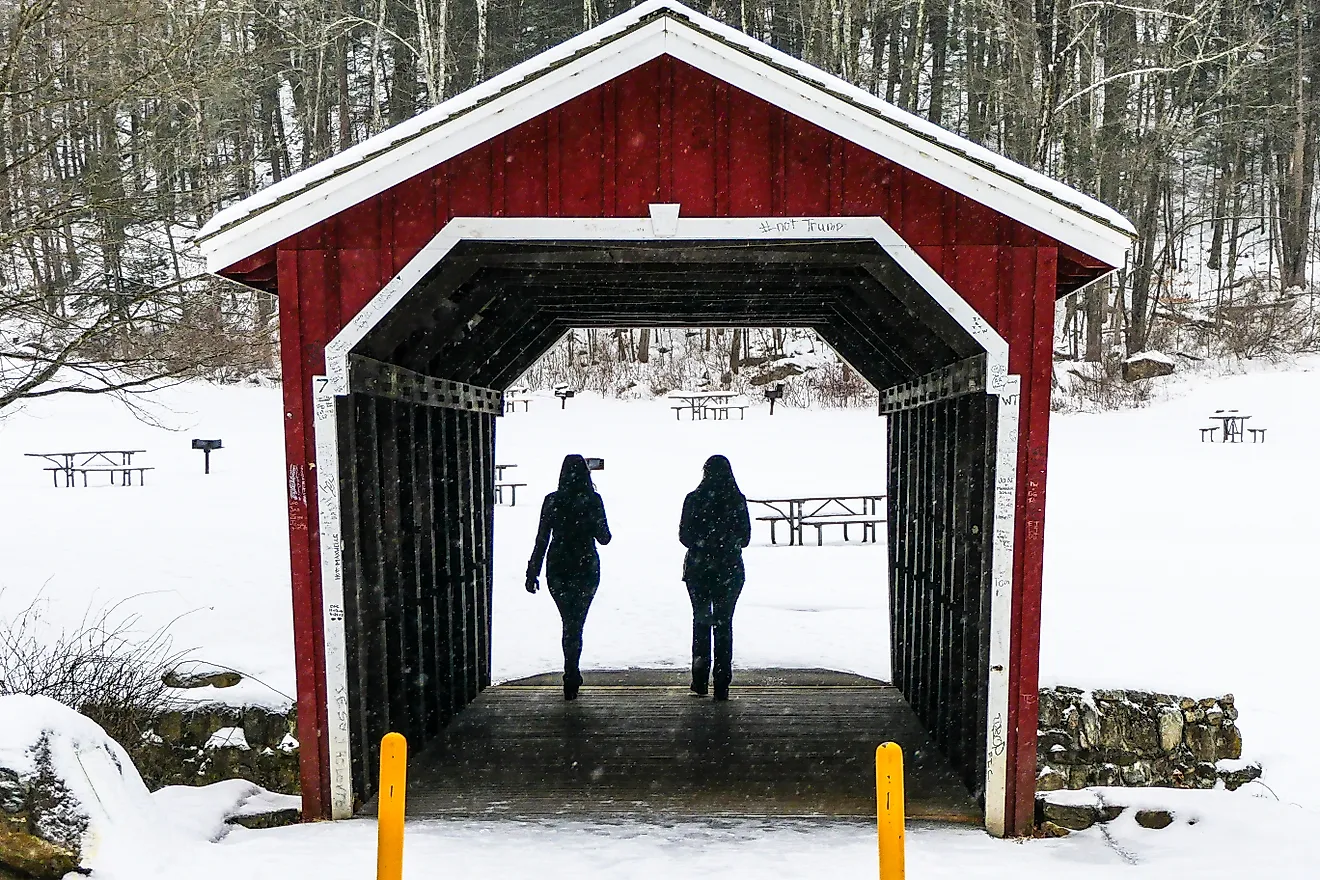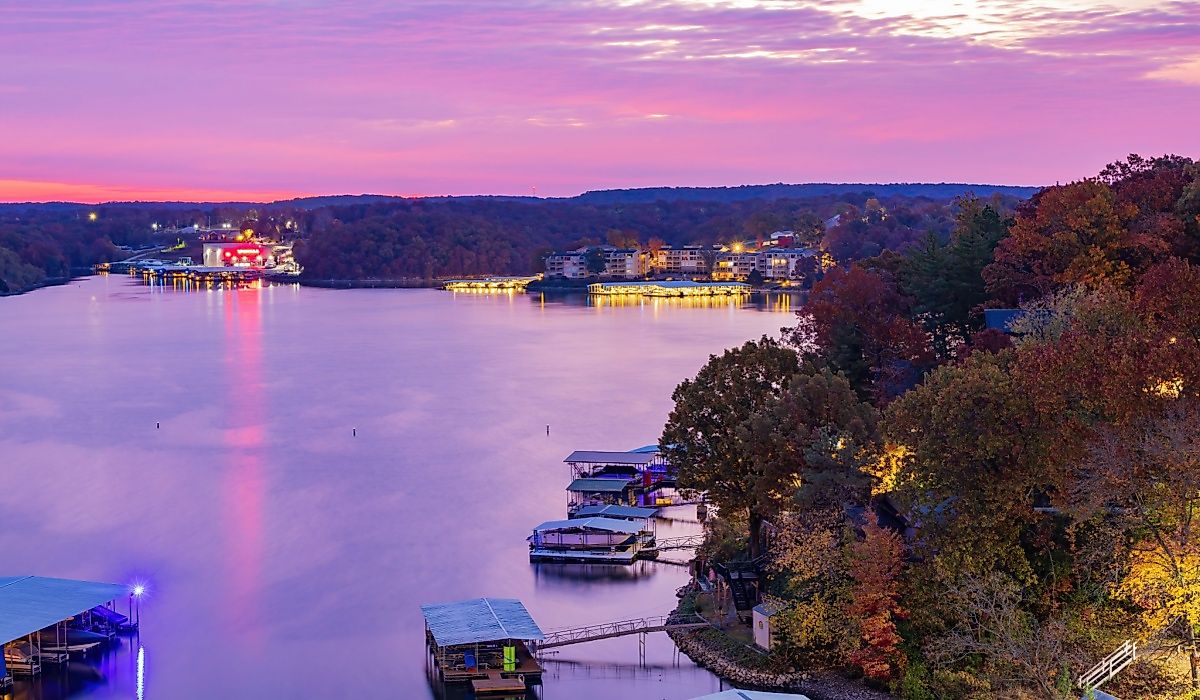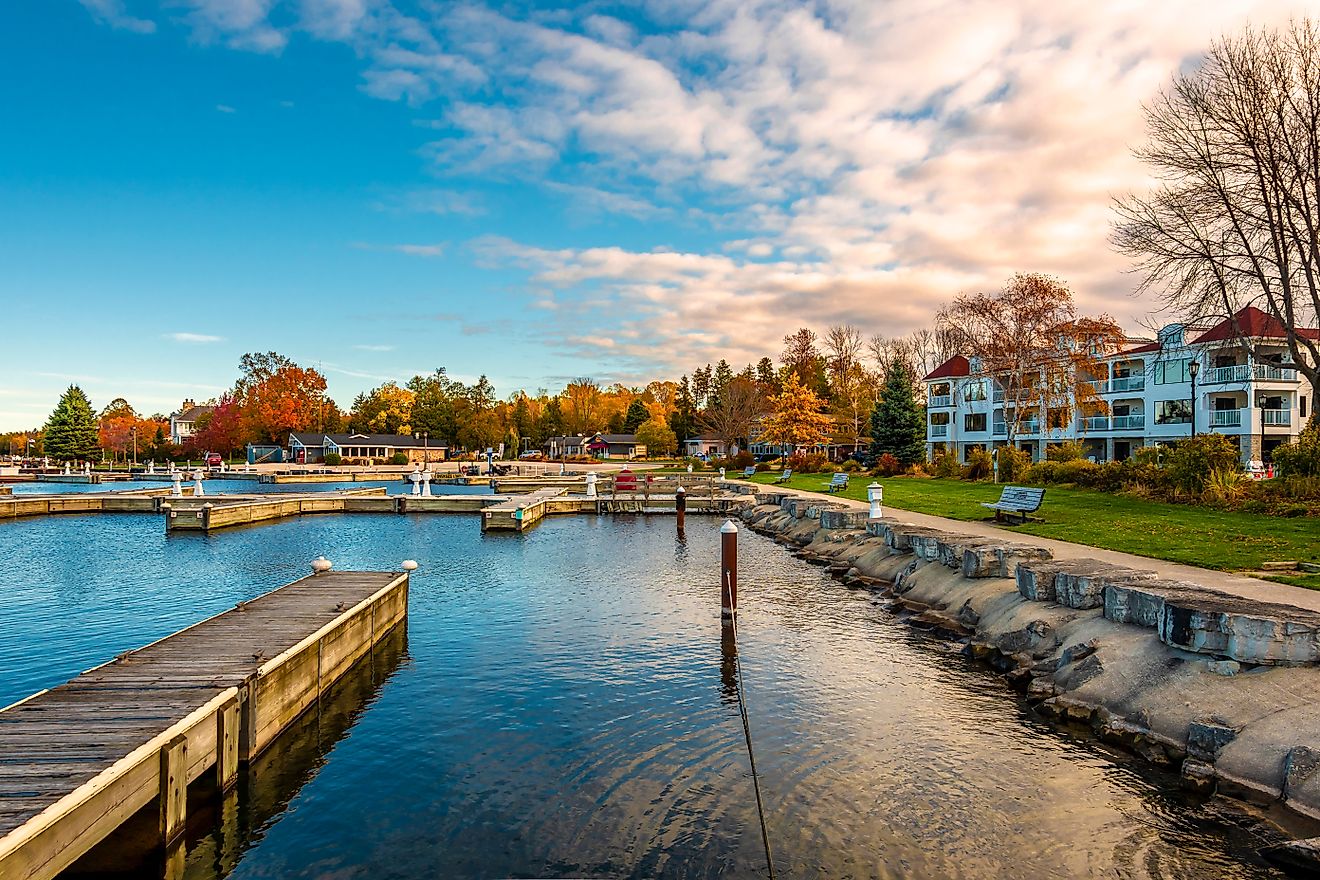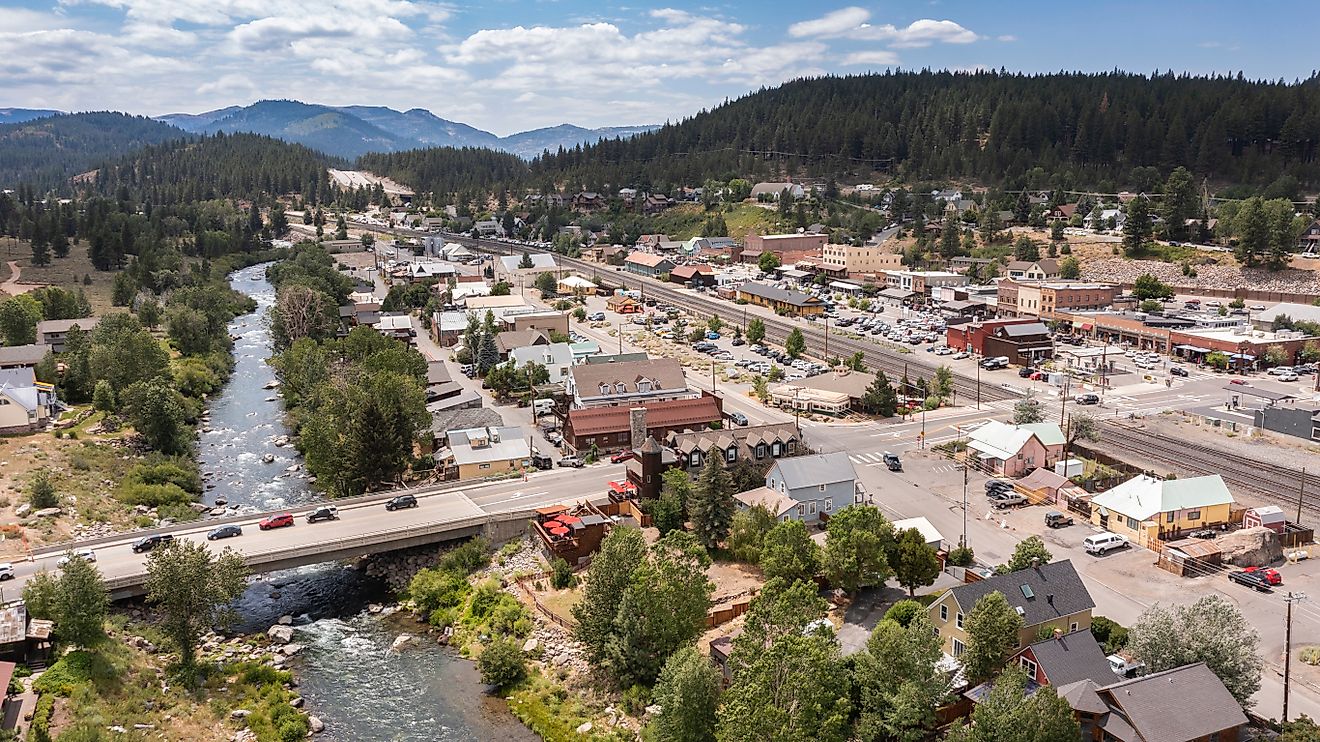
Sequoia National Park’s General Sherman Tree Dominates The Giants
Established in 1890, Sequoia National Park is one of America's most beloved and enduring natural preserves. Covering well over 400,000 acres in California's Sierra Nevada range, the park continues to wow visitors with its towering forests and rugged alpine terrain, full of trails, campgrounds, and other wonderful attractions. One of the world's tallest singular trees grows right here, a 275-foot giant sequoia named "General Sherman."
To be fair, any of the thousands of giant sequoia trees here are sure to blow your mind, with many of these green and red behemoths seemingly touching the clouds, supported by trunks thick enough to wrap entire families around hand to hand. This article takes a deeper look at this renowned national park, from its breathtaking landscapes to the must-do activities and destinations within its borders, and more tidbits of useful info you should know before heading out.
What is Sequoia National Park?
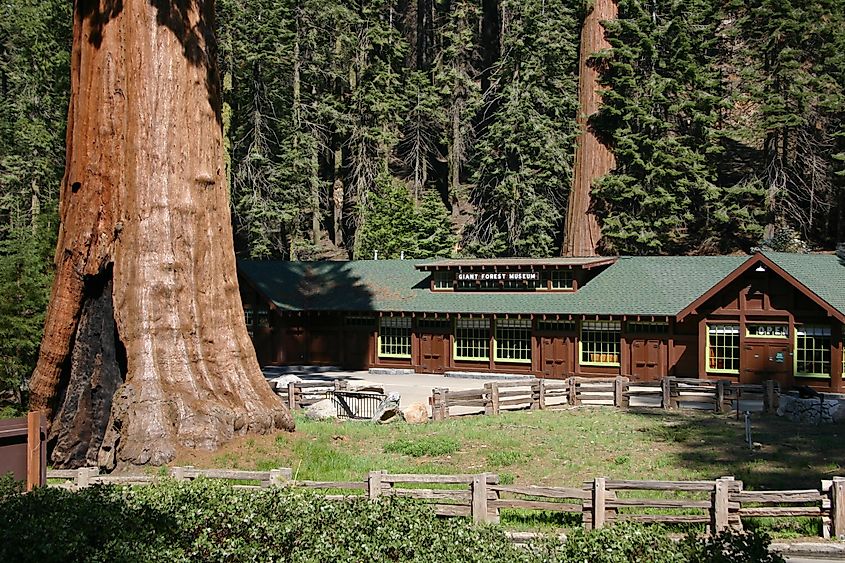
As mentioned, Sequoia National Park is over 135 years old, making it the second-oldest national park in the United States. It was created to protect the groves of giant sequoia trees that call it home, particularly the General Sherman Tree, now recognized not only as the tallest in the park, but also one of the largest living organisms on Earth by volume, containing a mind-boggling 52,508 cubic feet of timber!
The park’s founding was driven by a rising conservation movement in the late 19th century and was a direct response to the threat posed by logging in the Sierra Nevada region. Over time, it expanded and was eventually administered jointly with adjacent Kings Canyon National Park starting in 1943.
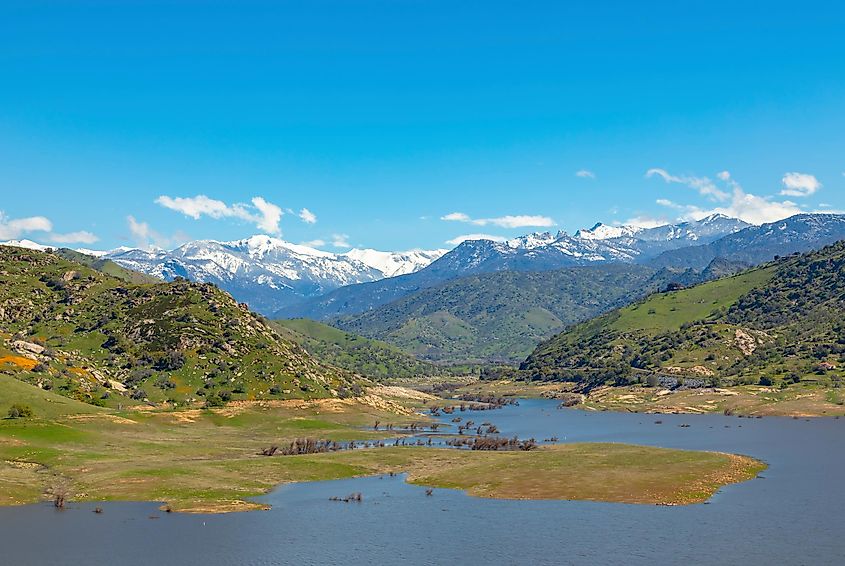
Geographically, Sequoia National Park covers more than 631 square miles of the Sierra Nevadas in south central California. Elevations within the park range from around 1,300 feet in its foothills and riverlands to over 14,500 feet at the summit of Mount Whitney, the tallest mountain in the contiguous United States. This range of elevations creates a variety of ecological zones, from chaparral-covered hillsides to alpine tundra.
Natural features include numerous canyons, granite domes, and extensive cave systems, including Crystal Cave, a marble cavern accessible to the public. And of course, the stands of giant sequoias perhaps stand in the forefront. The most notable of these is the Giant Forest, which is one of the park’s most iconic areas. It contains five of the ten largest trees in the world, along with many other species of flora and fauna living under its canopy.
The General Sherman Tree: Nature’s Colossus
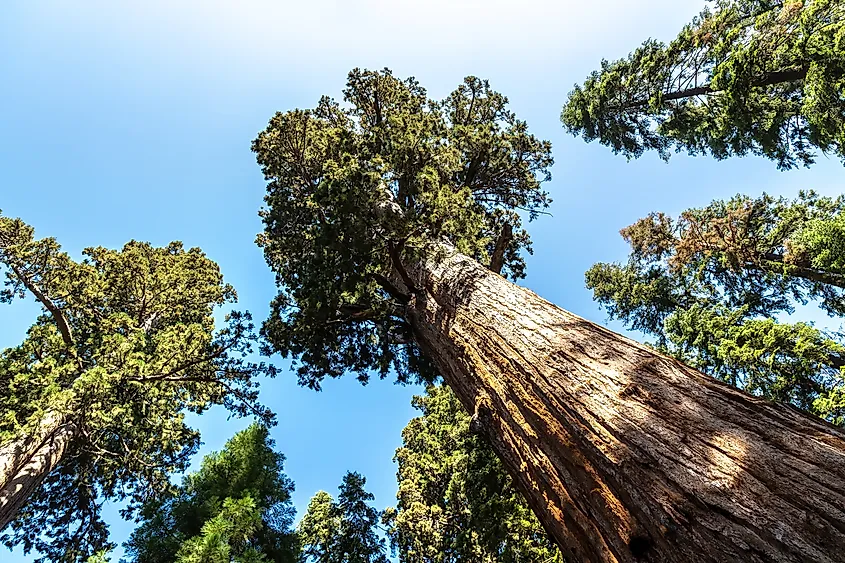
Located in the Giant Forest, the General Sherman Tree is the largest living tree on Earth by volume. It towers 275 feet into the sky and measures 36 feet in diameter at its base, making it one of the most awe-inspiring natural wonders in the world. While it’s not the tallest tree overall (some coastal redwoods exceed its height), it has unmatched mass, containing a jaw-dropping 52,508 cubic feet of wood. Though the General Sherman Tree is ancient, it's still growing, adding mass every year. Scientists estimate it to be around 2,200 years old, meaning it was already a sapling when the Roman Empire was rising.
A short, paved trail leads to the base of the tree, complete with interpretive signs along the way. Visitors often find themselves stunned not just by the tree’s size but by the serenity of the surrounding grove, where soft ground, filtered sunlight, and birdsong add to the reverence of the moment. And it’s not alone. The Giant Forest is home to five of the ten largest trees on the planet, including the President Tree and the Sentinel Tree. The President Tree, for example, is over 3,200 years old and stands at 247 feet tall with a massive 27-foot diameter, making it one of the oldest and most voluminous sequoias. The nearby Congress Trail offers a loop past these giants, winding through dense groves that give an unforgettable sense of scale and wonder.
Hiking, Sightseeing, and Other Worthwhile Activities within the Park
Although ogling at the trees can kill a good amount of time, you may want something else to do to accompany the sights. Have no fear, as a trip to Sequoia National Park can offer one of the most robust national park experiences in the United States. Whether you want to stick around in the woods, hike up to a mountain top viewpoint, spend the night under the stars, or prefer a more laid-back scenic tour via the road, check out this list of highly recommended things you can add to your itinerary.
Tokopah Falls
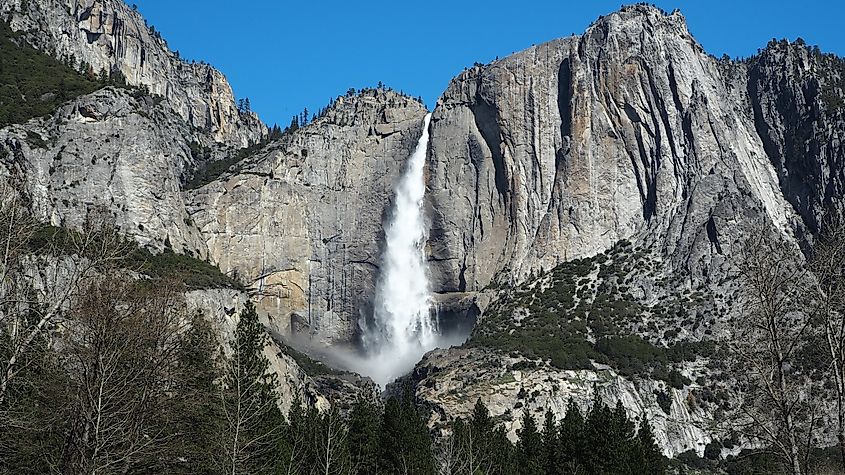
Tokopah Falls is a 1,200-foot cascade located at the head of Tokopah Valley, just east of the Lodgepole Visitor Center. It is best seen in late spring and early summer, when snowmelt surges down the granite cliffs.
Reaching the falls requires a 4-mile round-trip hike along the Tokopah Valley Trail, which begins behind the Lodgepole Campground (which has a decent-sized parking lot). This moderately challenging route follows the Marble Fork of the Kaweah River and passes through high-altitude forests, boulder fields, and some open meadows near the end, a decent spot to see wildflowers. The final viewpoint offers a striking look at the falls, which tumble down the rugged face of the Sierra Nevada's western slope.
By the way, Lodgepole Campground is among the best and easiest to get to in the park, so try to book a site here if you can. The amazingly clear night skies at this location will give you views of the stars that are just as inspiring as anything within the park.
Kings Canyon Scenic Byway
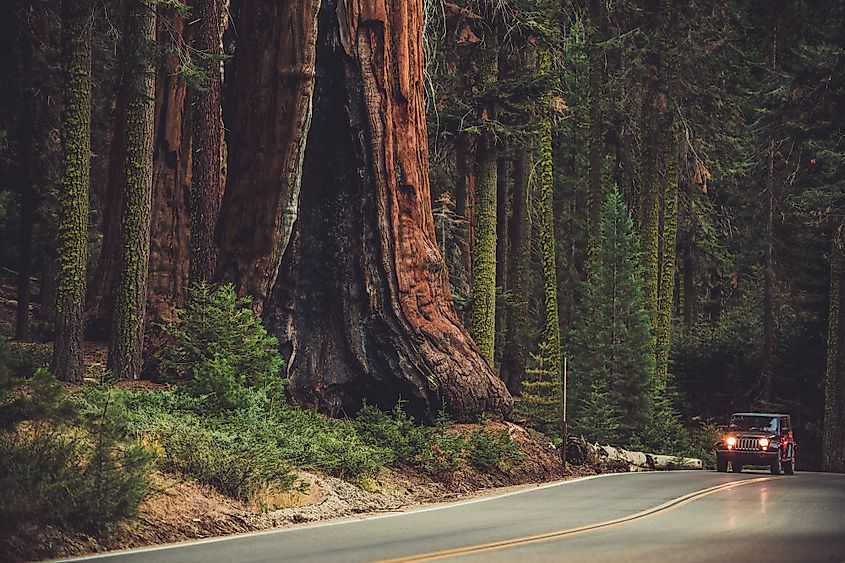
Any of the roadways in the area are sure to provide you with incredible views, from the Generals Highway to gravel-covered backroads. But the Kings Canyon Scenic Byway, a 50-mile stretch of Highway 180 that winds through adjacent Kings Canyon National Park, is possibly the greatest way to see the region from the comfort of your car.
Beginning near Fresno in the Sierra Nevada foothills, the road ascends into the Grant Grove area, home to more ancient sequoia groves. From there, it descends into the heart of Kings Canyon, one of North America’s deepest canyons, carved by the Kings River.
Notable stops include Roaring River Falls, Zumwalt Meadow, and the majestic General Grant Tree. The byway culminates at Road’s End just east of Cedar Grove, a popular starting point for backcountry adventures.
Tunnel Log
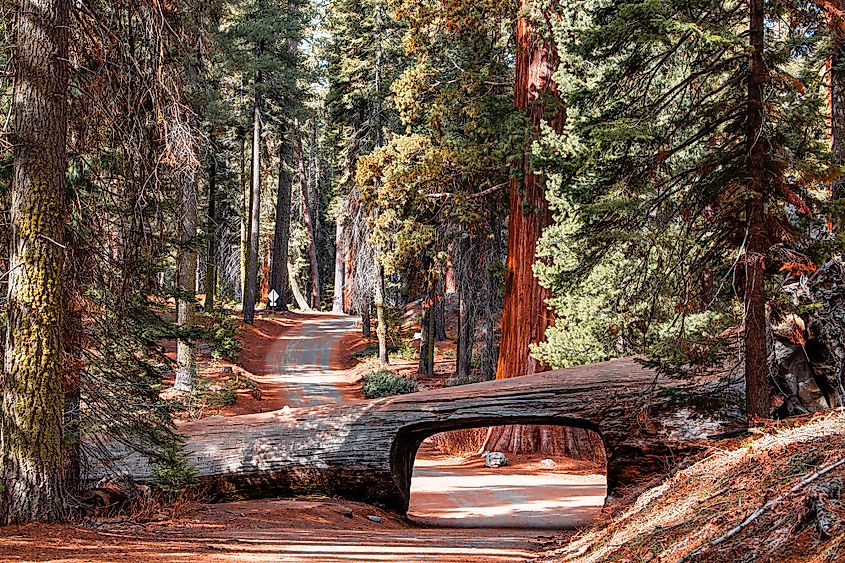
More of a curiosity than a full-fledged activity, Tunnel Log is a beloved roadside attraction in the park, offering you the unique experience of driving through a fallen giant sequoia. Located along Crescent Meadow Road in the Giant Forest, just half a mile past Moro Rock, the tree fell naturally in December 1937. Rather than removing the massive trunk, park workers carved an 8-foot-high, 17-foot-wide tunnel through it in 1938, creating a passage that remains in use today (only for smaller, passenger vehicles, however). It is said the tree was originally nearly as big as General Sherman!
Nearby Accommodations
If you're looking to stay near Sequoia National Park, you can find several nearby towns offering a range of lodging options. Three Rivers, located just minutes from the Ash Mountain entrance, is the most convenient base. This small town features several hotels, bed-and-breakfasts, lodges, vacation rentals, and locally owned restaurants. Accommodations here can range from inexpensive motels to scenic riverfront inns and chain hotels like Comfort Inn.
About 45 minutes west, Visalia provides more amenities, including shopping centers and a wider variety of dining options. It’s a good option for travelers seeking comfort and convenience after a day in the mountains. Further south, Exeter and Tulare also offer similar levels of lodging, yet serve as quieter alternatives still within easy reach of the highways.
Concluding Thoughts
Whether you are marveling at ancient giants like the General Sherman Tree or winding through deep canyons and starlit campgrounds, Sequoia National Park offers an unforgettable escape into nature. Its landscapes are vast, its trees awe-inspiring, and its experiences richly varied. Whether you stay in a nearby town or camp under the Sierra skies, the park welcomes you with open arms and towering branches. From waterfalls to scenic drives and quiet forest trails, Sequoia invites you to slow down and reconnect with the wild beauty of California.
